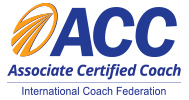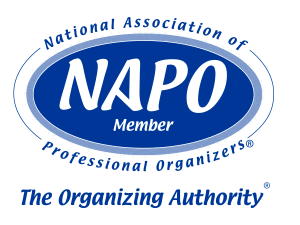 Photo: Ales Krivec
Photo: Ales Krivec
Spring. It’s refreshing. Flowers are blooming. Birds are singing. Life is magical . . . if it weren’t for all that dog-gone Spring Cleaning guilt. Clean the carpets. Clean the windows. Clean the garage. Clear out the clutter.
One of the quickest ways to give our surroundings a breath of fresh air is to reduce clutter and open up our spaces. If you are surrounded by clutter, you will be more stressed, less focused, and less productive. On average, people who are surrounded by clutter and are disorganized lose nearly an hour of productivity every day. Generally, that hour isn’t all in one chunk, but five minutes here, ten minutes there. You know what I’m talking about, we’ve all done it.
De-cluttering and organizing is a great start on the road to a healthier, happier you. Yes, we know it will feel good when we are done, but how do we get started?
- Pace yourself. It didn’t get cluttered in one day; don’t try to de-clutter everything in one day. Pick a drawer, a cupboard, a room . . . whatever feels manageable and is currently a source of pain.
- Enlist an objective and honest buddy to help you. It’s hard to get rid of our own stuff, trust me I know!
- Have a vision of what you want to the room to feel like. Notice I said feel, not look. So often we have Pinterest visions but our space has physical limitations. It’s better to envision a purpose and feel vs trying to replicate a look. Take several “before” pictures.
- Have a plan for getting rid of things you no longer need or want: Donate to a charity; give to a friend you know wants something you no longer need; schedule a trash or recycle trip. Make sure there is a solid plan to get things out of the space.
- At the end of the process, treat yourself to a reward for your efforts. Decluttering is HARD WORK and a glass of wine or Dairy Queen Blizzard is most certainly deserved.
To ensure that you don’t get back in a cluttered and disorganized state, these two tips will help with ongoing maintenance:
- To keep clutter from creeping back, devote an hour a week to staying on top of your newly-opened up space. Whether it’s an hour every Saturday, or 15 minutes four times a week, devoting time to keeping your space in order will pay huge dividends.
- Keep a DONATE box or bag close at hand. Once you decide you really don’t need something, immediately put it in the box so it no longer takes up valuable space in your everyday life.
What do you want to tackle next?
Cindy Jobs, COC, ACC
Looking for more information?
Click here for 15-minute organizing tips.
National Association of Productivity & Organizing Professionals, Seattle Chapter Vice-President
International Coach Federation
Institute for Challenging Disorganization
Level I Certificates earned in Chronic Disorganization; ADD; Client Administration; Time Management; Mental Health; and Hoarding.
Level II Specialist Certificates earned in Chronic Disorganization and ADHD













